André Maire, born in Paris in 1898, trained at the art school of the Place des Vosges where he met in 1914 Emile Bernard, the father of symbolism, who will become his father-in-law in 1922. On his advice, André Maire enlists in the colonial infantry to travel and confront other subjects. His first trip was to Saigon from 1919 to 1920. He taught drawing there intermittently at the Chasseloup-Laubat high school. He discovered the ruins of Angkor and gradually forged his own stylistic vocabulary. After living in Venice, Spain, Egypt, India and Africa, André Maire was appointed professor of drawing at the Superior School of Architecture in 1948, settled in Dalat until 1950, then moved to Saigon. He therefore returned to ancient Indochina, now torn between the governments of the South and the North. He remained until 1958 in the Republic of South Vietnam before returning to France.
From the south, it was possible for him to travel regularly to Laos and Cambodia. During his second stay in Indochina, André Maire produced very colorful gouaches, a few oil paintings, numerous sketches and large drawings with successful compositions. We can feel under his mark the solid mastery of a classical education, as well as the Western visual culture going hand in hand with his Parisian training. We can see the influence of Emile Bernard who, after having established the foundations of symbolism, then definitively moved away from the avant-garde. André Maire will not be of any movement and will remain faithful to a classic vision of art. However, unlike some French artists who painted Indochina in a somewhat conventional orientalist style, he invents a style of his own which allows him to express his emotion in the face of the landscapes, the inhabitants and the heritage of these regions. His large drawings in black chalk enhanced with touches of red chalk and brown convey his admiration for the genius of these architects and sculptors of ancient civilizations. André Maire's particular gaze on the landscapes of Southeast Asia, served by a dazzling mastery of drawing, reveals their cultural and historical interest. The staging of his subjects submits them to his spiritual and humanist vision.
Watercolor on paper, mounted on a larger Canson sheet.
Watercolor dimensions: 51 x 36 cm
Canson dimensions: 63 x 56 cm
Folding on two corners


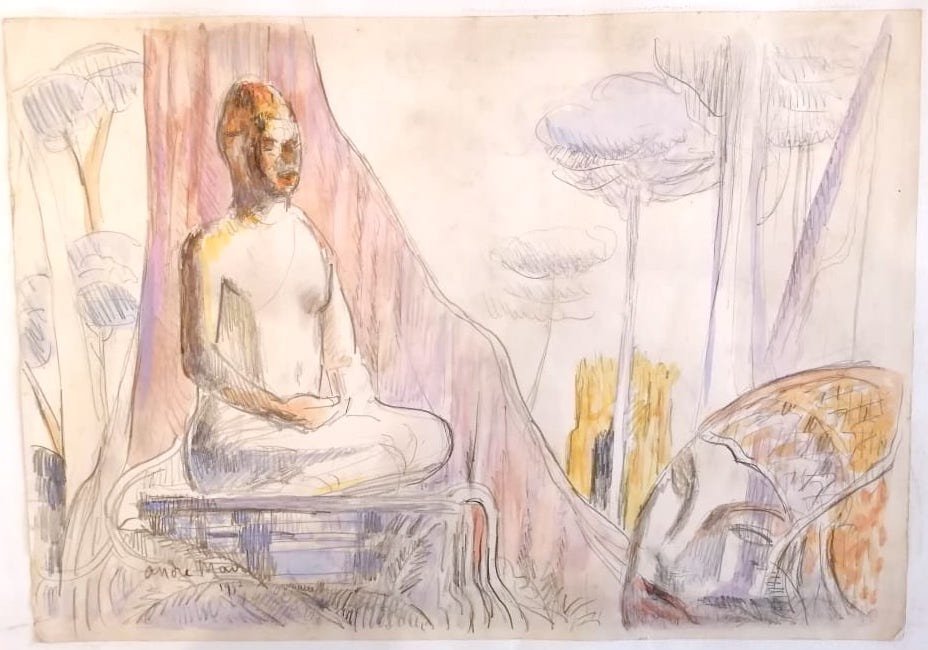
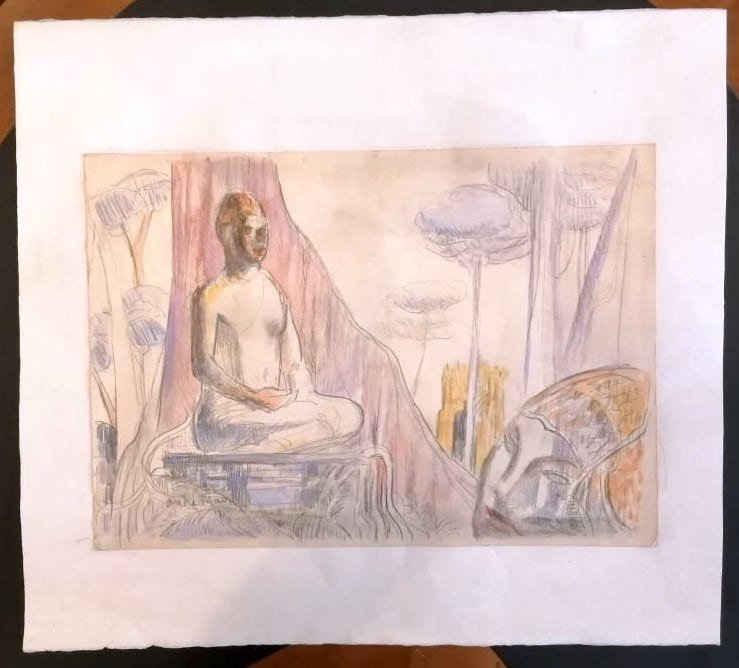
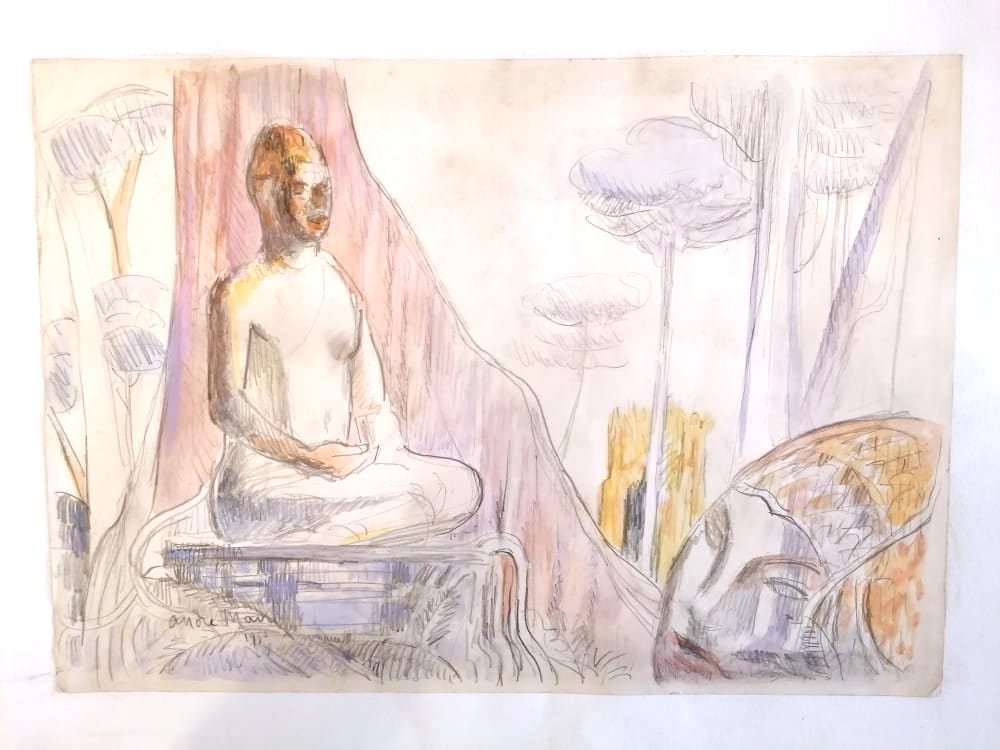


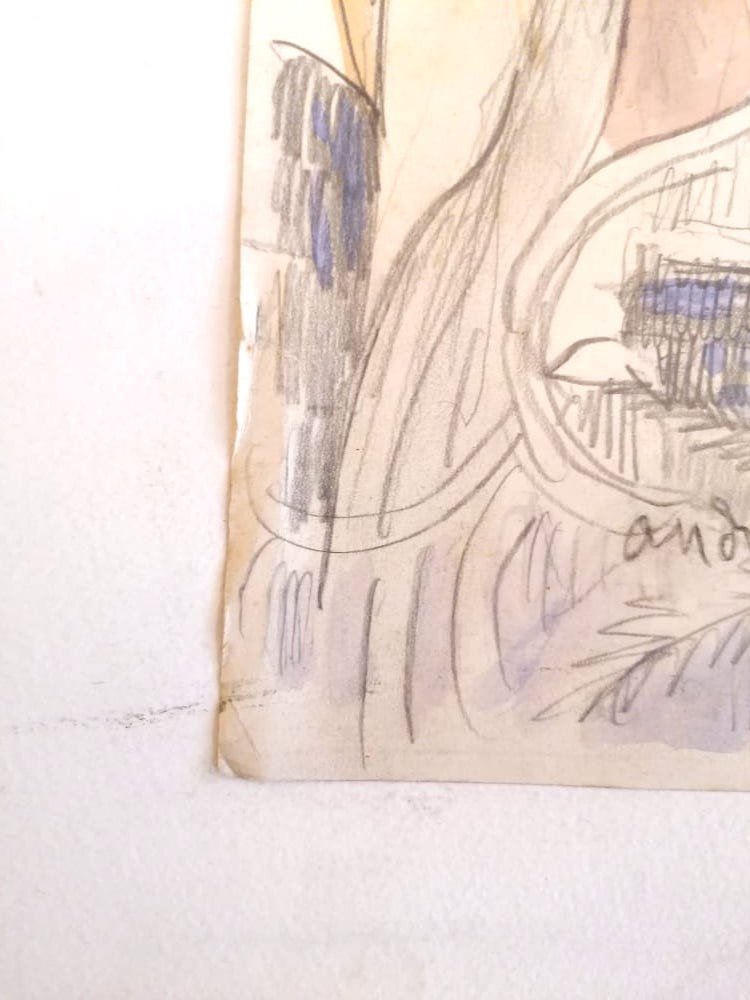


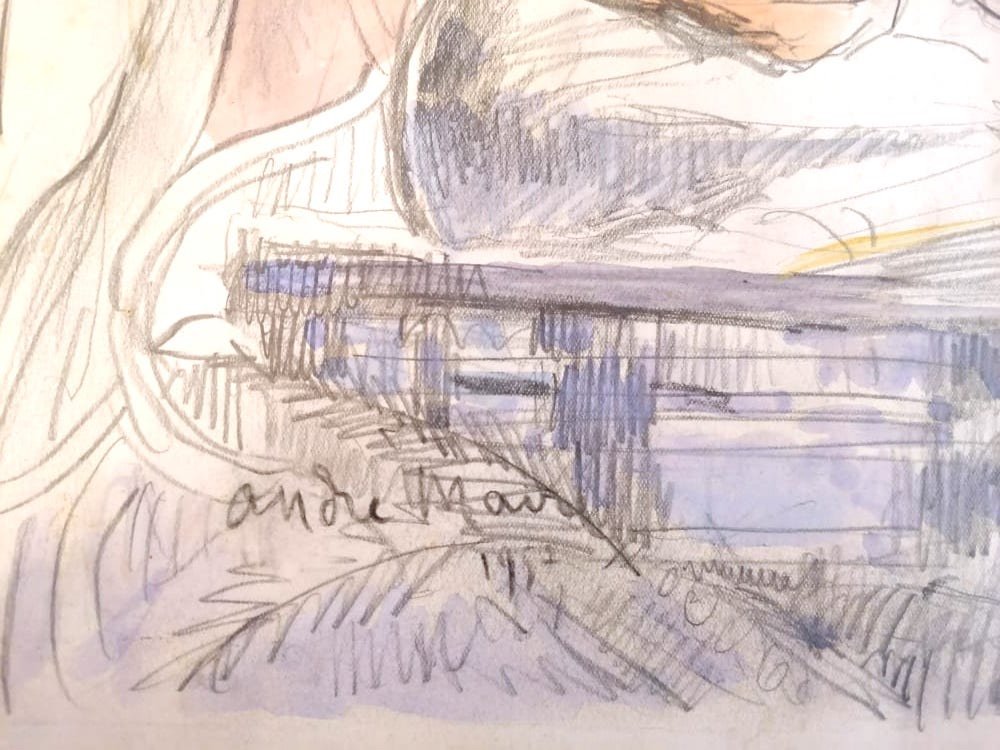
















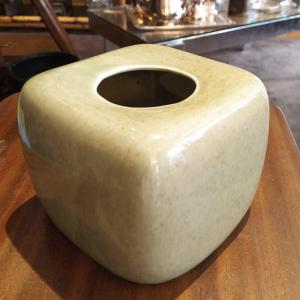



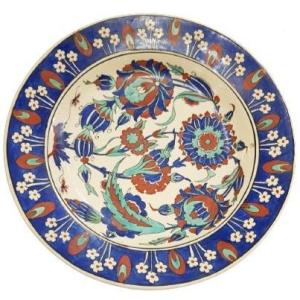

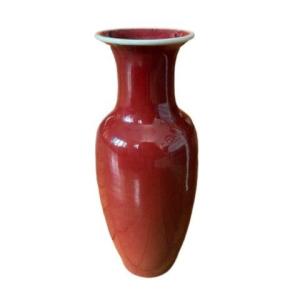


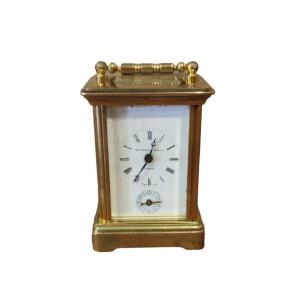


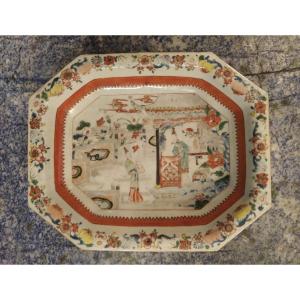

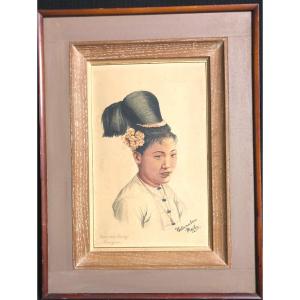

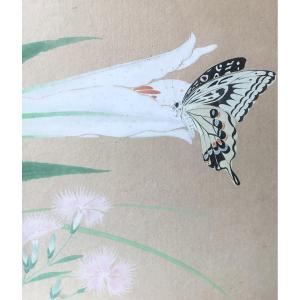
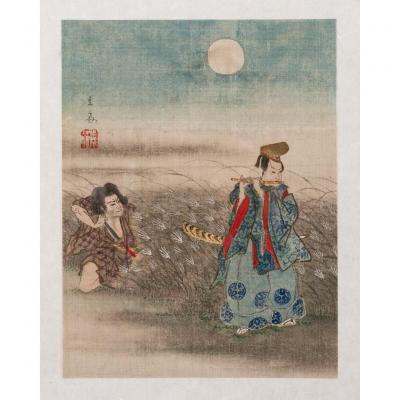



 Le Magazine de PROANTIC
Le Magazine de PROANTIC TRÉSORS Magazine
TRÉSORS Magazine Rivista Artiquariato
Rivista Artiquariato